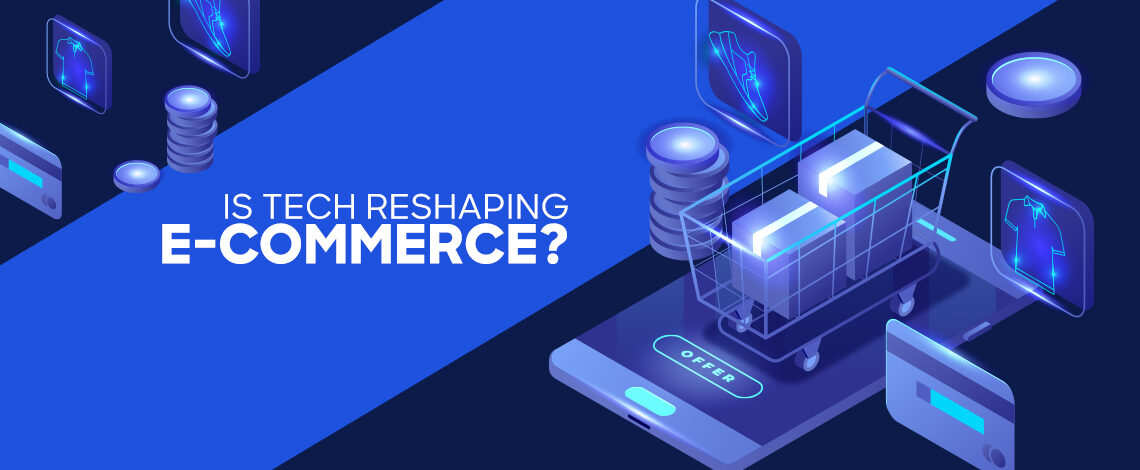Optimising e-commerce in the Logistics Landscape
In recent years, the e-commerce landscape has witnessed an unprecedented surge, reshaping the way consumers interact with businesses on a global scale. This paradigm shift has not only revolutionized retail but also spurred a transformation in supply chain dynamics. Regional forecasts predict accelerated growth in 2023, with retail e-commerce sales in Europe projected to reach $1.2 billion by 2025. However, the journey from the touch of a finger to a package at the doorstep comes with its unique set of challenges.
Key Challenges:
Inadequate Supply Chain Management Infrastructure
A well-structured and efficient supply chain management infrastructure is paramount. Warehouses, the backbone of logistics, must prioritize visibility, mobility, and flexibility to meet the demands of smaller, more frequent orders. These infrastructural challenges are critical factors that make-or-break e-commerce businesses and can prove detrimental in facilitating success and growth.
Inaccurate Inventory Levels
Maintaining an optimal level of inventory is a delicate balancing act. Overstocking can lead to excess costs and unsold goods, while understocking results in missed sales opportunities and dissatisfied customers. Accurate inventory management ensures products listed are genuinely in stock, preventing fulfillment delays and customer frustration.
Increased Costs of the Supply Chains
Economic slowdowns and price fluctuations present a challenge in maintaining healthy profit margins within e-commerce logistics. Factors such as rising fuel and commodity prices, coupled with escalating labor costs, contribute to increased operational expenses. Implementing cost-saving measures, exploring alternative transportation options, and optimizing supply chain processes in cross-border and local logistics operations are critical steps in mitigating this challenge.
Real-Time Visibility
Consumers today expect complete transparency regarding the status and location of their orders.
“In the world of e-commerce, last-mile delivery is no longer a competitive advantage – it’s a basic customer expectation.” – John Ross, CEO, FedEx

How can Technology optimise e-commerce :
Streamlined Operations: Automation of routine tasks, such as order processing and inventory tracking, reduces human error and frees up valuable resources. Furthermore, it enables the seamless flow of information between different systems within the supply chain, minimizing bottlenecks and delays.
Data-Driven Decision-Making: The wealth of data generated in e-commerce operations is a goldmine of insights. Through advanced analytics, companies can gain a deep understanding of customer behavior, demand patterns, and operational performance. This knowledge empowers informed decision-making leading to more accurate demand forecasting, inventory planning, and resource allocation.
“Data is the new oil. It’s valuable, but if unrefined, it cannot really be used. It has to be changed into gas, plastic, chemicals, etc., to create a valuable entity that drives profitable activity.” – Clive Humby, Chief Data Scientist, Starcount
Seamless Integrations: A cohesive and integrated supply chain is essential for a seamless customer experience. This involves the seamless flow of information across all verticals, from order placement to delivery. Cloud-based platforms and APIs facilitate this integration, ensuring real-time updates and a consistent customer journey.
TNPSFL serves as your strategic partner in the realm of e-commerce. We bring unparalleled expertise in technology, business consulting and integrations, enabling seamless global logistics solutions. Book a free call with us!







